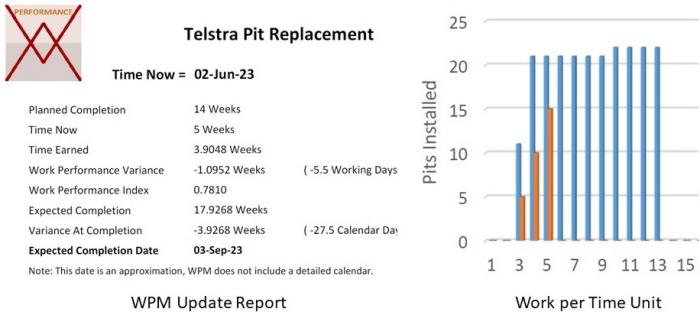Our latest paper, Predicting Completion in Agile & Distributed Projects, has been published in the June Project Management World Journal (PMWJ).
This paper is part of an ongoing mission to develop a general solution to the challenge of reliably predicting the expected completion date in projects where CPM and EVM are not being used. Our previous paper, Scheduling Challenges in Agile & Distributed Projects identified two general types of project, where CPM does not work as an effective controls tool, soft projects and distributed projects. In both types there is no one ‘best way’ of completing the work, the sequence can be easily changed as needed. And, when development methodologies such as Agile are used, there is a deliberate intention to let the project team, in consultation with the client, decide what is best to work on next. This is the antithesis of a predetermined logical sequence of work that is expected to be followed and can therefore be represented in a logic diagram.
Earned Value Management (EVM) can work in these situations, which introduces Earned Schedule (ES) as a viable option for predicting completion. Unfortunately, EVM is rarely used most normal projects and ES is an extension to EVM.
The solution we are proposing is Work Performance Management (WPM). WPM adopts a similar approach to ES, but is a self-sufficient tool, it can work without a schedule, or EVM. All that is required to run WPM is:
- An impartial measure of the work planned to be accomplished distributed over the project duration.
- An assessment of the work achieved to a point in time using the same metric.
The WPM spreadsheet does the rest. The results from a sample project are in the diagram above.
The paper Predicting Completion in Agile & Distributed Projects, outlines the theory and practice supporting WPM. The spreadsheet, sample projects and instructions on using the WPM spreadsheet can be found at: https://mosaicprojects.com.au/PMKI-SCH-041.php#WPM







Replies